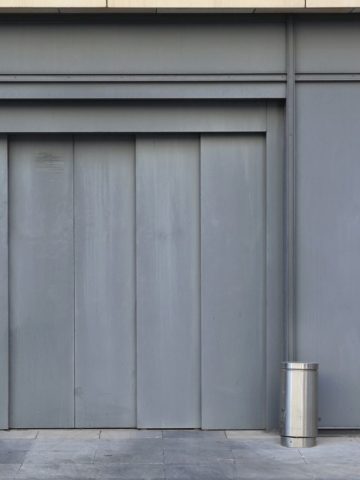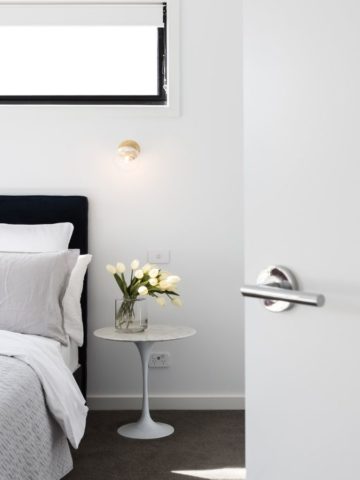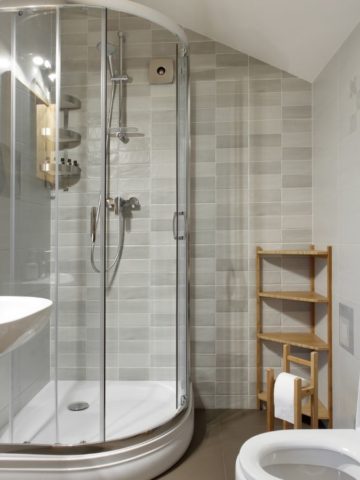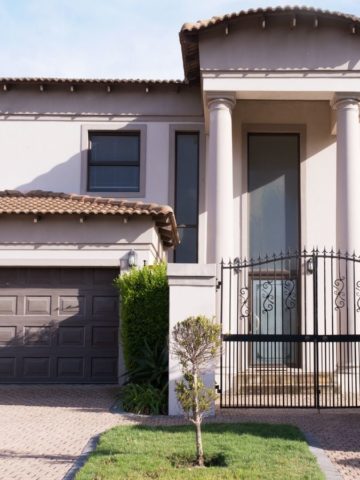Home is the place where we prefer to be in. Home gives us comfort and warmth, and we feel safe when we stay in our home. During the winter season, home protects us from the cold weather.
Finding the right flooring suitable for homes with cold weather can not be easy.
For example, other flooring materials, such as quartz tiles, are too weak to handle different weather conditions. The low temperature often causes wood flooring to contract which creates gaps between floorboards. In contrast, laminate and vinyl flooring can become fragile in a cold climate.
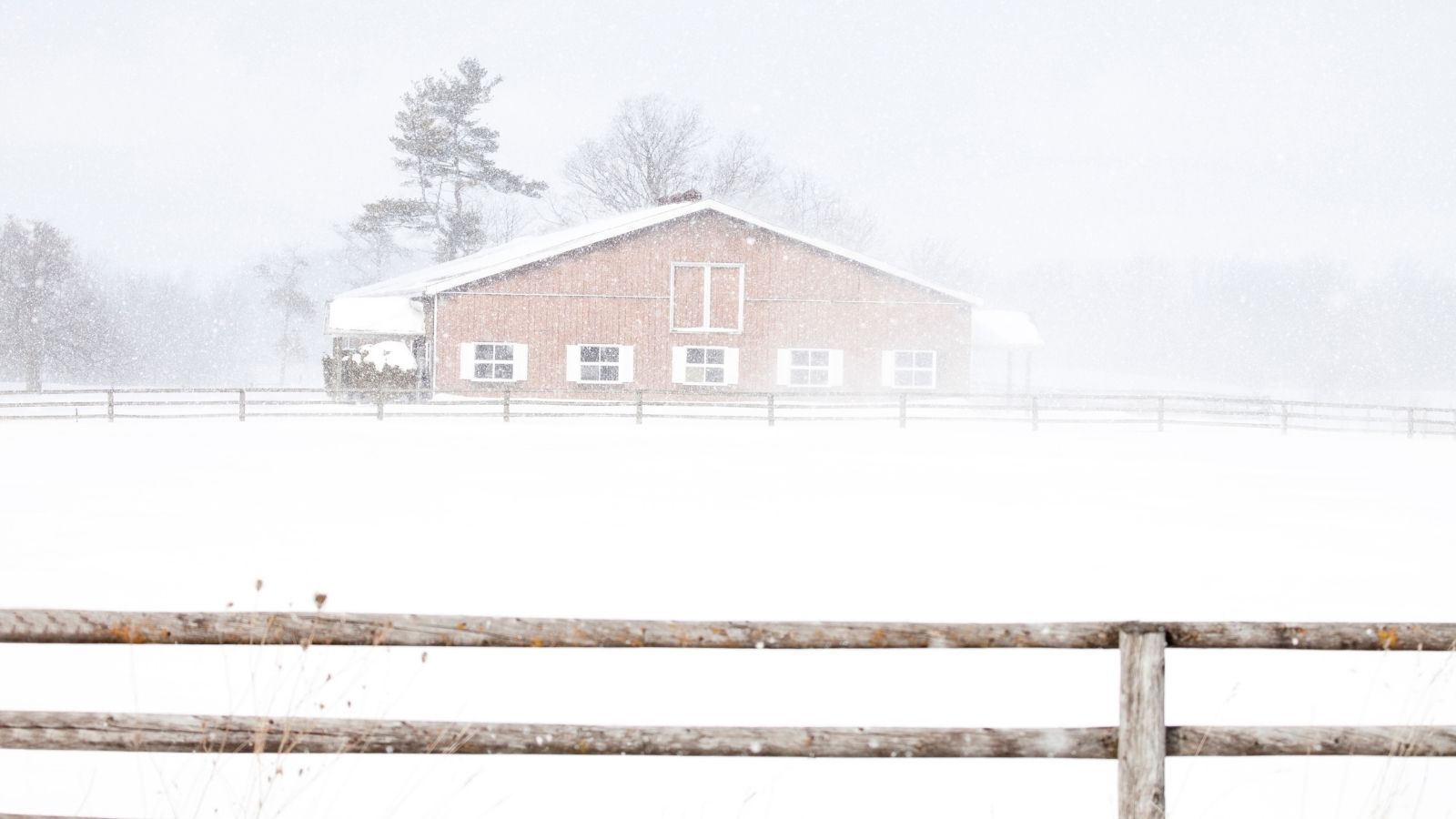
However, you can always choose tile flooring. It is easy to work with and comes in many varieties, colors, designs, and patterns. Tile is also versatile, and we can use it on all kinds of surfaces. It is less expensive, durable, and easy to maintain.
Here are some tiles for your home that work great with the winter season:
Ceramic tiles:
This fired clay tile can resist frost and water, which prevents the chances of moisture damage. It’s sturdy and lasts long, so aside from occasional maintenance, there isn’t much to worry about.
The unglazed variant of ceramic tile also protects against slipping, especially when the area is wet. It is trendy, and we can find it in most places.
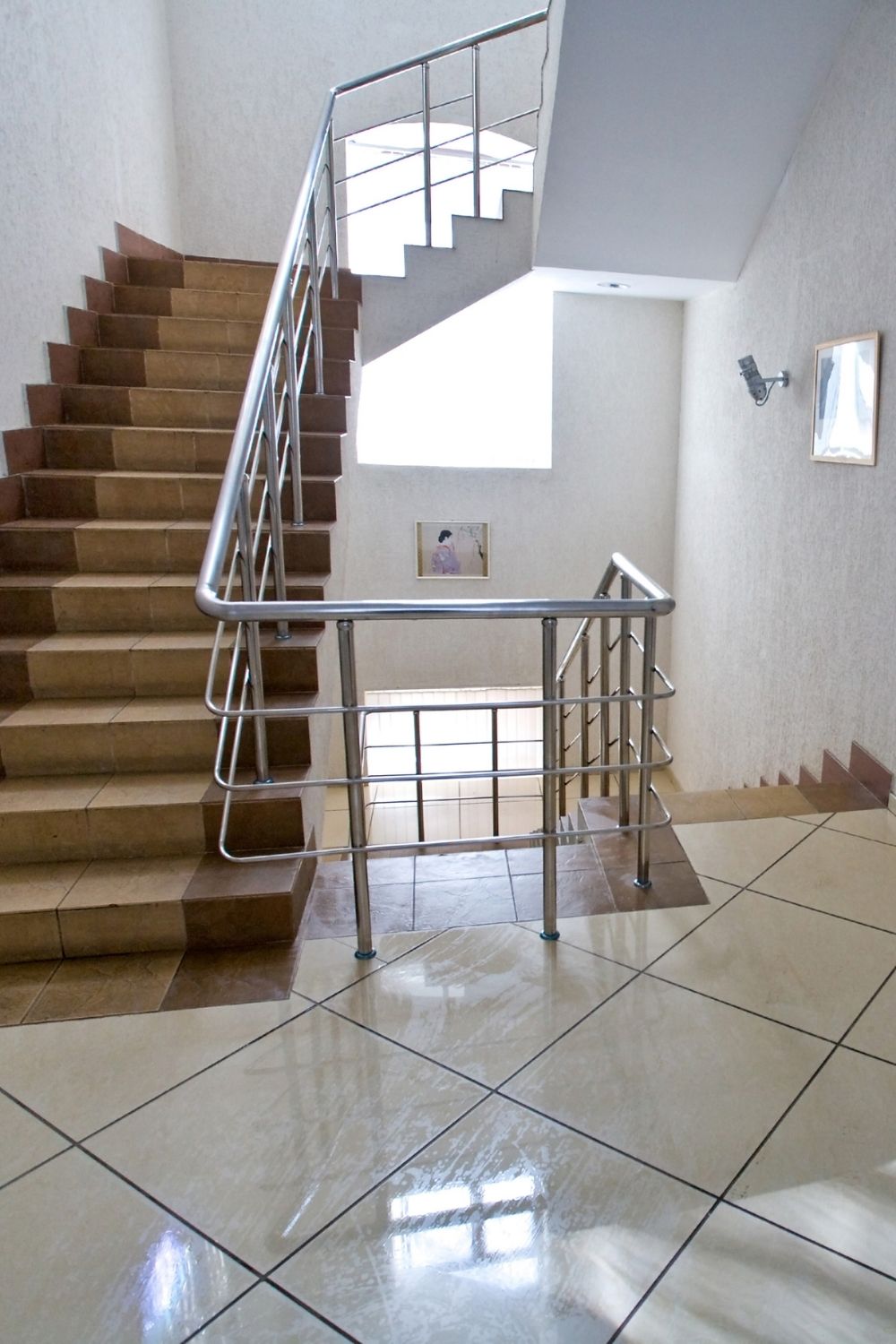
People do not have to put up with all the dirt, moisture, and slush all winter. The perfect kind of floor can live up to the hard winter ahead and all the frequent cleaning that comes with it. Ceramic tile offers a homeowner durability that a family needs in the winter.
Some ceramic tiles are even rated for outdoor use in freezing temperatures and make great surfaces for outdoor living spaces. Plus, one will not have to worry about their integrity through the harsh Vancouver Island climate.
Porcelain tiles:
This tile is most suggested for cold temperatures. It is the most moisture-resistant type of tile. It has an excellent absorption rate of 0.5%, which prevents water damage.
Porcelain’s texture is rougher than ceramic. So, it is one of the best tiles for your home choices for avoiding accidents and can even be used for outdoor flooring.
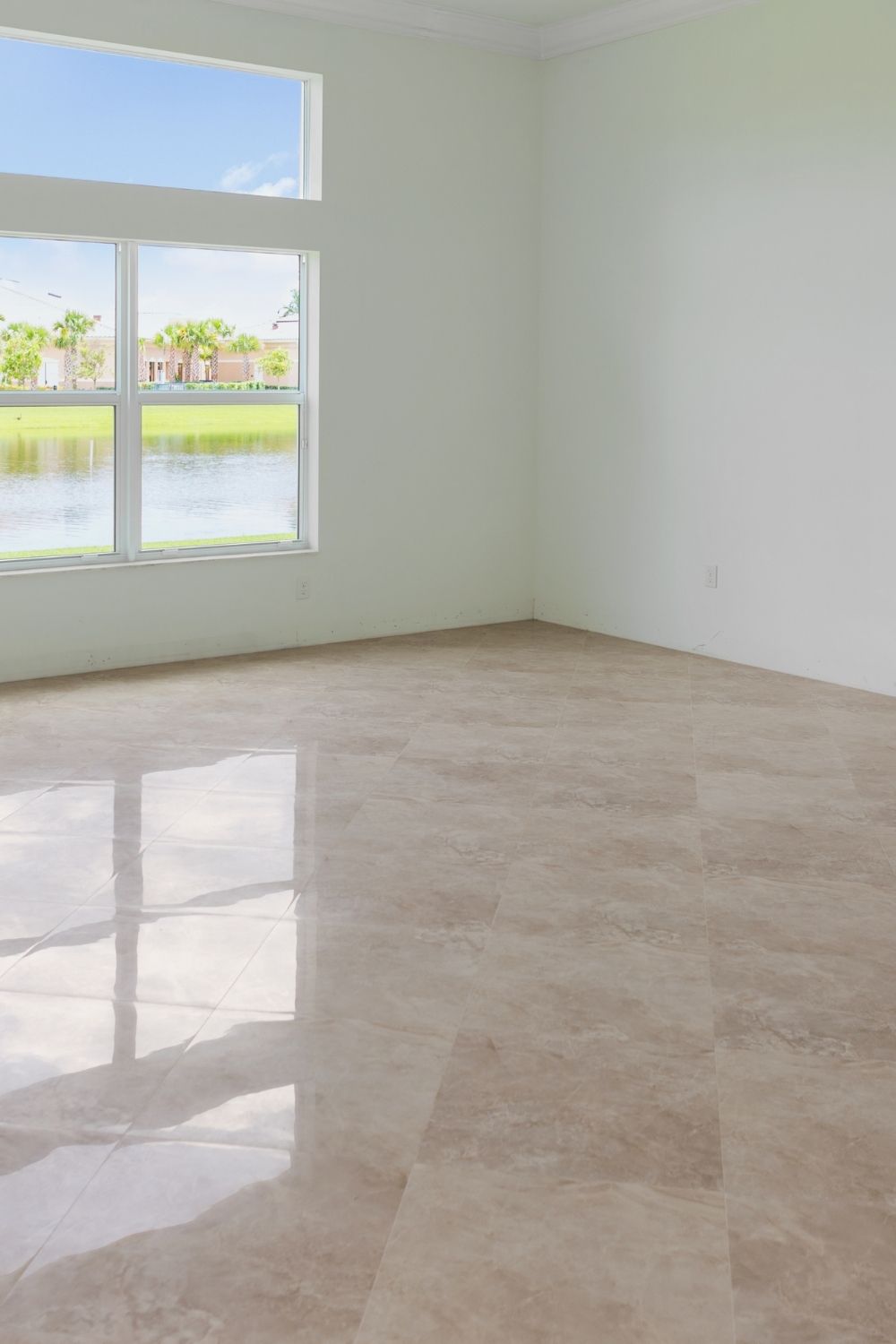
Though porcelain needs little winter maintenance, you can start by removing leaves, moss, and other debris. you can make it easier by simply hiring debris removal services as they will pick up all the dirt and debris from your tiled outdoor areas. Doing this, especially if you have tile walkways, will reduce your likelihood of slipping in the rain, snow, or on icy walkways.
Early winter cleaning is also an excellent time to inspect your tile and note any damage you might need to repair. That will provide you time to order materials like extra porcelain tile if required.
Slate:
This stone tile is one of the most rigid flooring elements around. Slate can manage all kinds of weather and is aesthetically pleasing. It is also very durable as it is a natural stone product. This is why it’s a fantastic outdoor flooring option.
For indoors, slate tiles retain heat effectively, so if you have an underfloor heater, slate tiles help disperse heat, which warms the surroundings. Recently, slate is one of the most popular flooring options.
Granite:
There is no doubt that granite tiles are durable. This tile absorbs moisture at a shallow rate (that’s why these tiles are best for bathrooms), so moisture damage from the winter season is very low.
It also looks beautiful, and other materials often imitate its colors.
Travertine:
This classy but simple stone tile is recommended because of its appearance. This is one of the most common tiles used in structures today. Even in frozen situations, travertine tiles do not crack, break, or turn brittle.
Always inspect the label to ensure that the tile you are getting is frost and water-resistant. You should also examine the absorption rate (0.5% or less is the tiles' ideal absorption rate) so you don’t acquire moisture damage from rain or snow. When you have the right flooring, you can curl up in your comfy home and enjoy the cold weather.
Tips on how to take care of tiles in winter:
Choose frost and slip-resistant
Suppose you are only thinking of a terrace cladding for your home. In that case, you need to remember that the most important parameters are frost and slip resistance.
When you choose tiles for outdoor use, you have to consider this quality.
However, sometimes we underestimate this quality. That time it may create accidents.
Get ready before winter comes:
One should think about the terrace and roof before winter is coming. Before the snow falls and the temperature stays significantly above zero, it is essential to do a thorough review of the terrace's technical condition and protect it from the winter.
It is needed to diagnose in time and repair possible leaks in the tiles' joints and mechanical damage. These are sensitive issues, which largely depend on the terrace's longevity and good technical condition.
In the grip of frost
Cold mist, adorning the trees and shrubs with unique, frosted decoration, leaves a thin, slippery surface on our terrace. Because sometimes the fog is invisible, we have to remember it, especially when we did not evaluate the anti-slip parameter when selecting ceramic tiles.
Frost generally evaporates during the day without significantly affecting the terrace's technical condition.
Remember about regular clearing
The white and fluffy quilt of snow may please our eyes. But it can be a threat to our home. Heavy layers of settling snow are a worthless burden for the ceramic cladding.
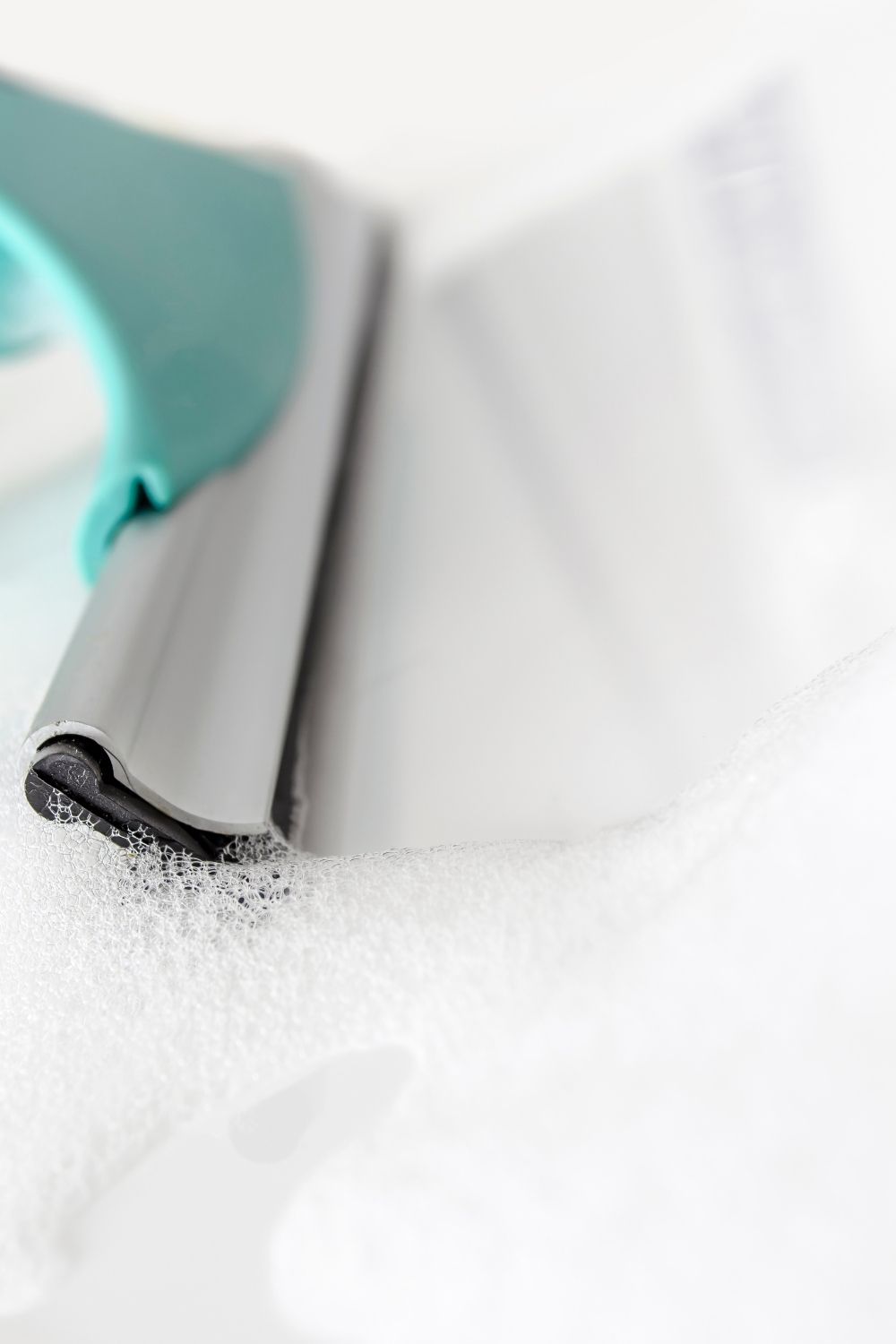
Besides, the substantial temperature differences during the day, especially during the sunny ones, create partial snow melting. Repeated thawing cycles and freezing, with a natural change in water volume, can damage our terrace. Therefore, we have to remove the snow from the terrace regularly.
Use soft and delicate tools exclusively for clearing the terrace
To remove the snow from the roof, it is worth choosing soft rubber tools that will not cause technical damage to the tiles' joints or surfaces. Ordinary shovels for removing snow from concrete walkways are generally made of hard plastic. These components are too hard and rough for ceramic and clinker claddings.
However, If you maintain your tiles' cleanness properly during winter, it will also help keep your tile safe, and you feel warm as well.
Hopefully, you can now get ideas about choosing tiles and maintaining them properly during the winter season.

